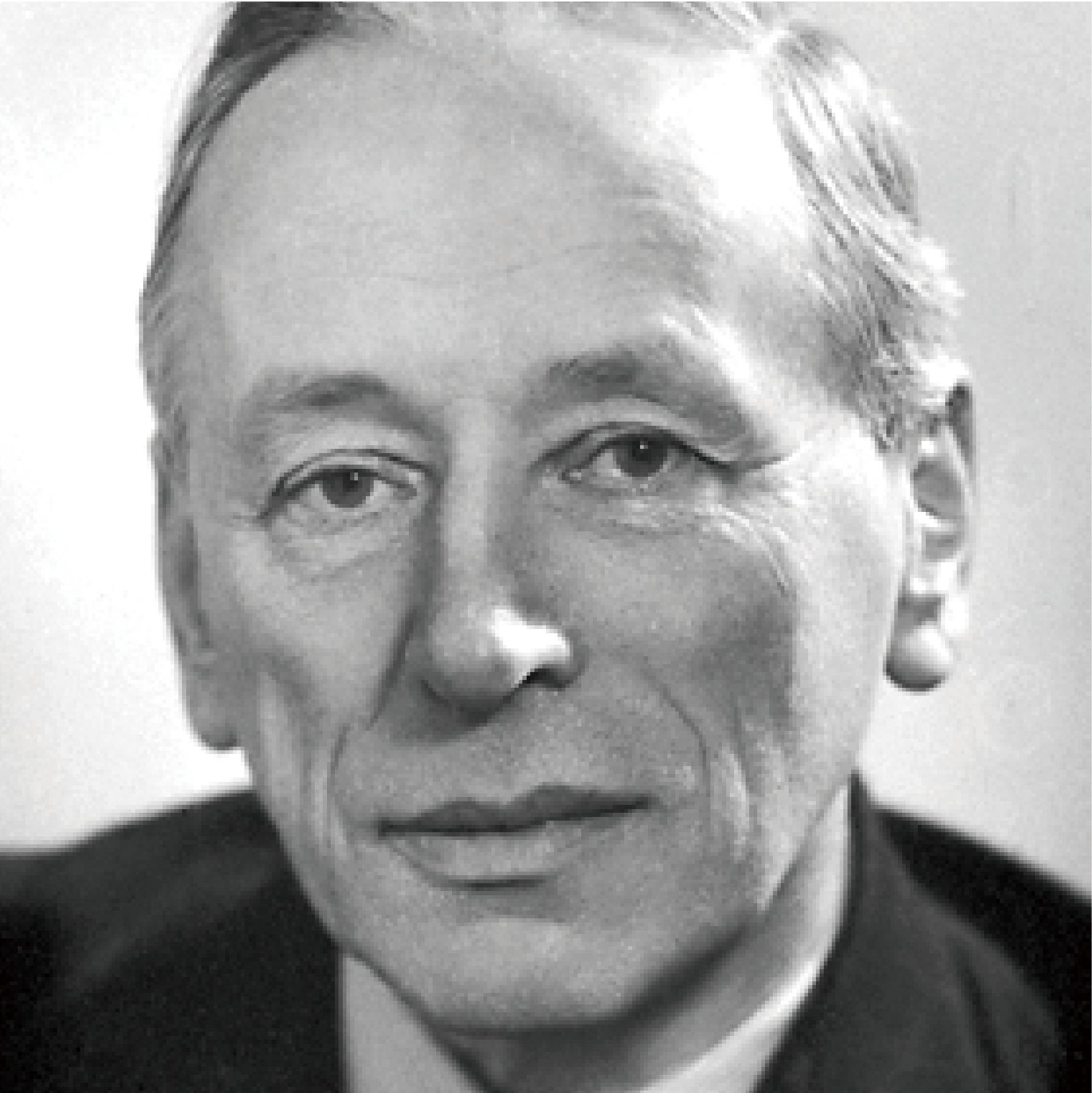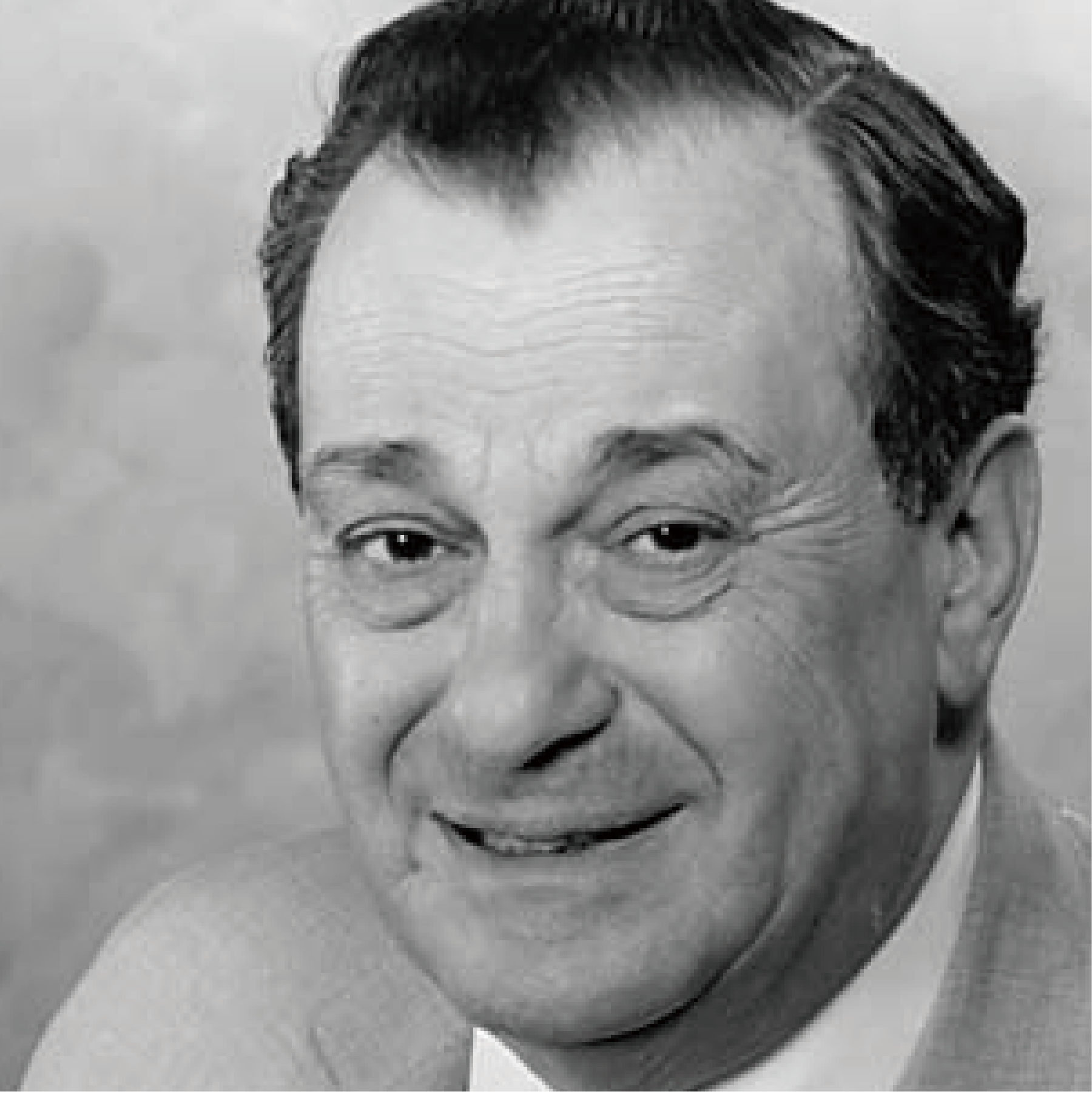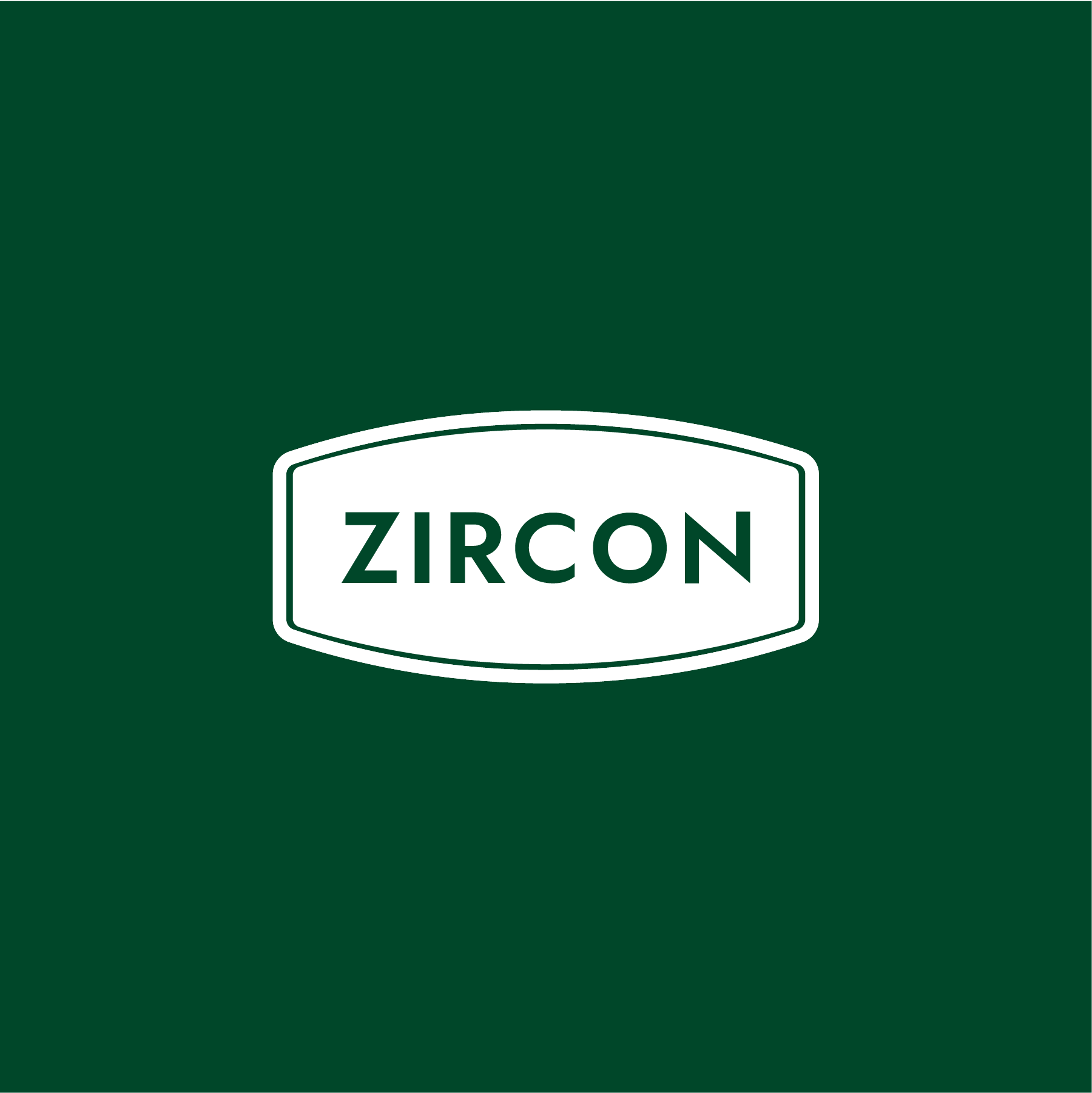
Fourth-generation markerless microscopic imaging technology
Intensity diffraction tomography (IDT) utilizes the intracellular refractive index as an "endogenous dye" to establish a quantitative correlation between the intensity stack and the three-dimensional refractive index distribution of the object. It employs annular matched illumination to optimize the three-dimensional phase transfer function, and reconstructs the three-dimensional refractive index distribution of cells from the recorded intensity images through a related four-dimensional optical transfer function deconvolution algorithm. IDT technology not only extends the imaging resolution of three-dimensional diffraction tomography to the incoherent diffraction limit but also provides high contrast, anti-scattering, and high axial tomographic three-dimensional imaging capabilities for complex samples, offering a label-free quantitative analysis method for the imaging and analysis of subcellular structures in living cells.
Development history of unlabeled microscopic imaging technology

1934

1948~

1969~

2012~
What is the light intensity diffraction tomography technology
Light intensity transmission theory
By measuring the light intensity distribution at different focal planes, the phase information of the sample is reconstructed using the light intensity transmission equation, and then the three-dimensional refractive index distribution is reconstructed
Synthetic aperture technology
Combining the concept of multi angle illumination, a three-dimensional light intensity data stack is obtained through a circular illumination system, without the need for coherent illumination and interferometric measurement
Frequency domain filling algorithm
By using deconvolution of the three-dimensional phase transfer function, the three-dimensional refractive index distribution of an object can be directly reconstructed, breaking through the dependence of traditional optical diffraction tomography techniques on interferometry and beam mechanical scanning


